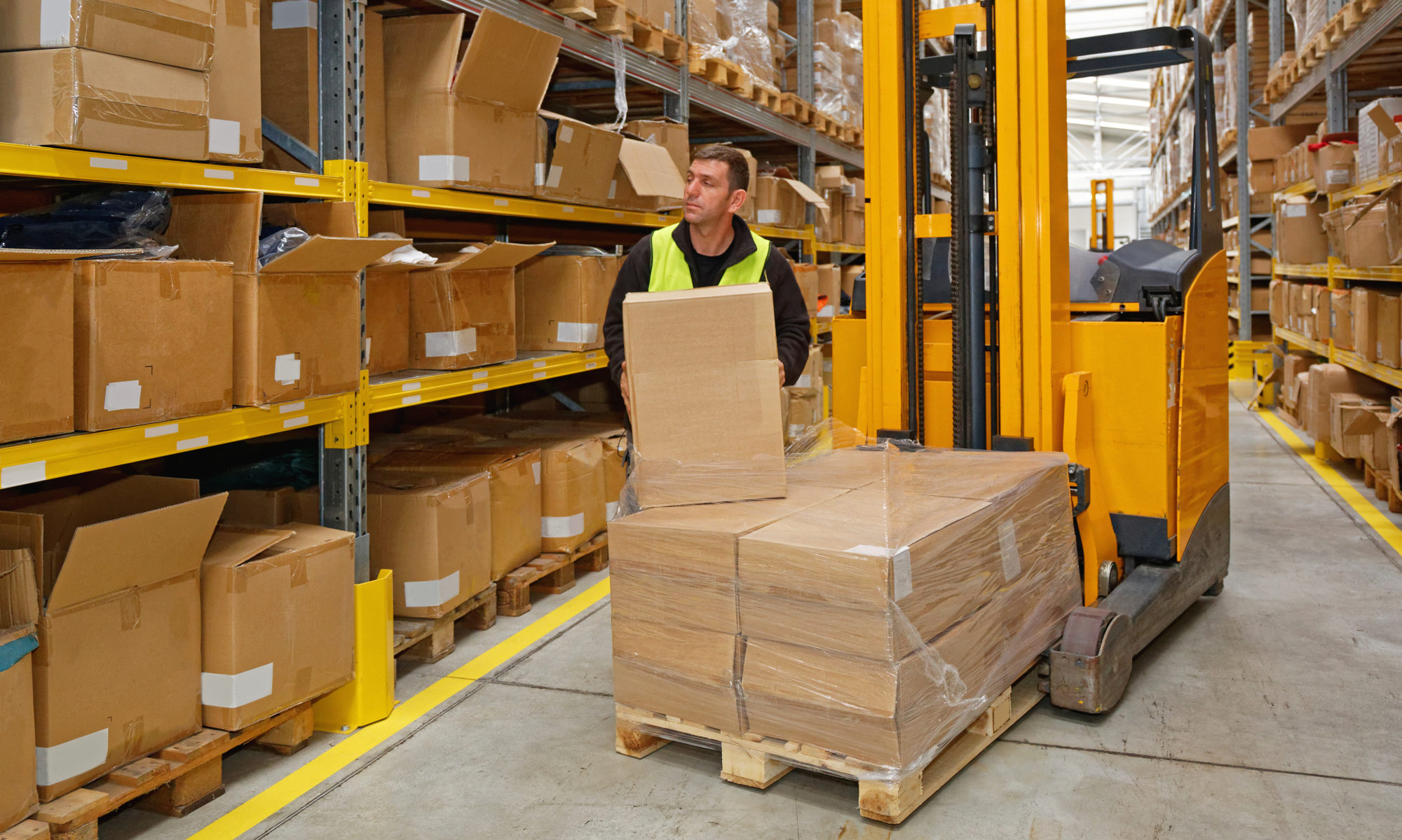Last week we covered some changes that are affecting how e-commerce businesses operate and how to integrate strategies to overcome and adapt to this changing environment. This week we will go over some more tips and how working with a 3PL and Fulfillment Partner can help you stay on top of your ecommerce business.
Sustainability The Green Retail Revolution
Sustainability is no longer a buzzword; it’s a core value for many consumers who prefer to support environmentally responsible brands. E-commerce businesses that prioritize sustainable practices stand to gain not only from a positive brand image but also from cost savings and increased customer loyalty.
Eco-friendly packaging, carbon-neutral shipping options, and transparent supply chains are some of the ways e-commerce entrepreneurs can demonstrate their commitment to sustainability. These efforts resonate with eco-conscious consumers and can set your brand apart in a crowded market.
Furthermore, sustainability can drive innovation within your business. By rethinking traditional processes and materials, you can discover new efficiencies and reduce waste. The future of e-commerce belongs to those who not only adapt to change but also lead the charge in creating a responsible and sustainable industry.
Enhancing Customer Experience The Heart of E-commerce
At the heart of every successful e-commerce business is an exceptional customer experience. In a virtual environment where personal interaction is limited, creating a memorable and satisfying customer journey is paramount. This involves everything from the initial website visit to post-purchase support.
Ensuring a user-friendly website with easy navigation and clear product information is the foundation of a great customer experience. But it doesn’t stop there. Offering multiple payment options, fast and reliable shipping, and hassle-free returns all contribute to customer satisfaction and retention.
Entrepreneurs should also focus on building strong customer relationships through personalized communication and loyalty programs. By exceeding customer expectations at every touchpoint, you can foster trust and encourage repeat business, turning one-time buyers into lifelong advocates for your brand.
Omnichannel Selling Seamless Shopping Experiences
In today’s interconnected world, customers expect a seamless shopping experience across all channels, whether online, in-store, or on social media. Omnichannel selling allows businesses to meet these expectations, providing a cohesive brand experience that follows customers wherever they go.
Integrating various sales channels ensures consistency in messaging, pricing, and promotions, creating a unified brand presence. This approach not only enhances customer convenience but also broadens your reach and potential market. By meeting customers where they are, you increase the likelihood of conversion.
To successfully implement an omnichannel strategy, entrepreneurs must invest in technology that supports seamless integration and real-time inventory management. This ensures that customers receive consistent service and have access to your products no matter how they choose to shop.
3PL Partnerships Streamlining Fulfillment
Partnering with a third-party logistics provider (3PL) can be a game-changer for e-commerce businesses seeking to optimize fulfillment operations. 3PL companies offer expertise in warehousing, inventory management, and shipping, allowing entrepreneurs to focus on growth and customer satisfaction.
Outsourcing logistics to a 3PL can reduce overhead costs, enhance scalability, and improve delivery times. It also provides access to a network of resources and technology that may be beyond the reach of smaller businesses.
Entrepreneurs should carefully evaluate potential 3PL partners to ensure alignment with their brand values and customer expectations. By forming strategic partnerships, you can enhance your fulfillment capabilities and gain a competitive edge in the fast-paced e-commerce landscape.
Steps to Build a Successful E-Commerce Business
For those eager to explore further, consider attending industry conferences, participating in webinars, and engaging with e-commerce communities. The knowledge and connections you gain will serve as invaluable resources as you continue to grow and refine your business.
By staying proactive and forward-thinking, you’ll not only survive in the e-commerce world but thrive in it, paving the way for continued success and growth. Contact Us your trusted fulfillment and 3PL partner to help you grow and streamline your ecommerce business.





